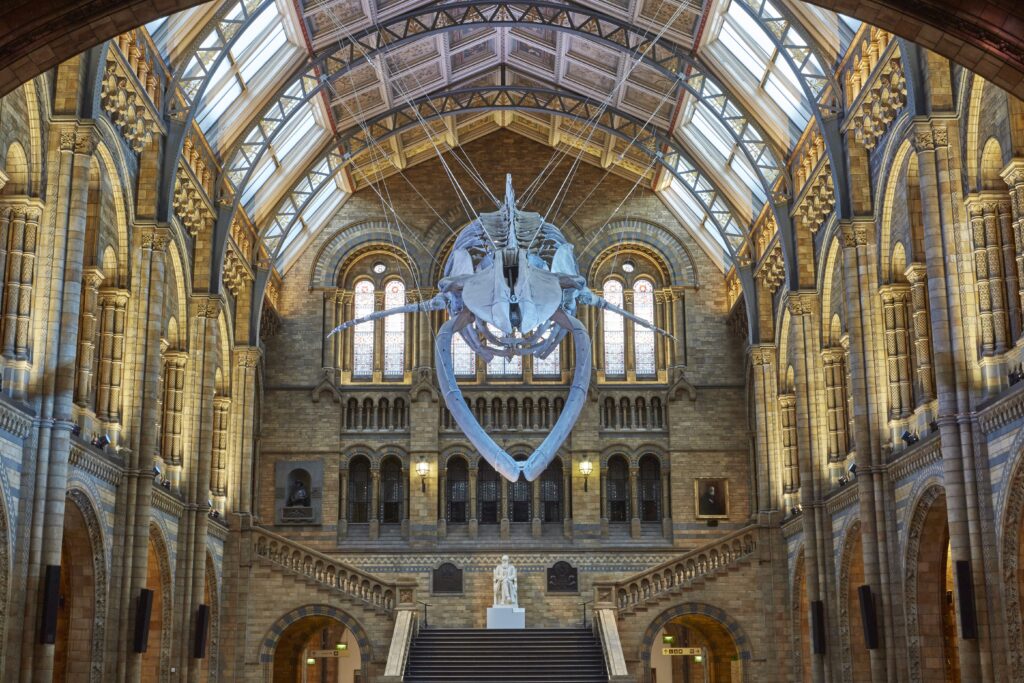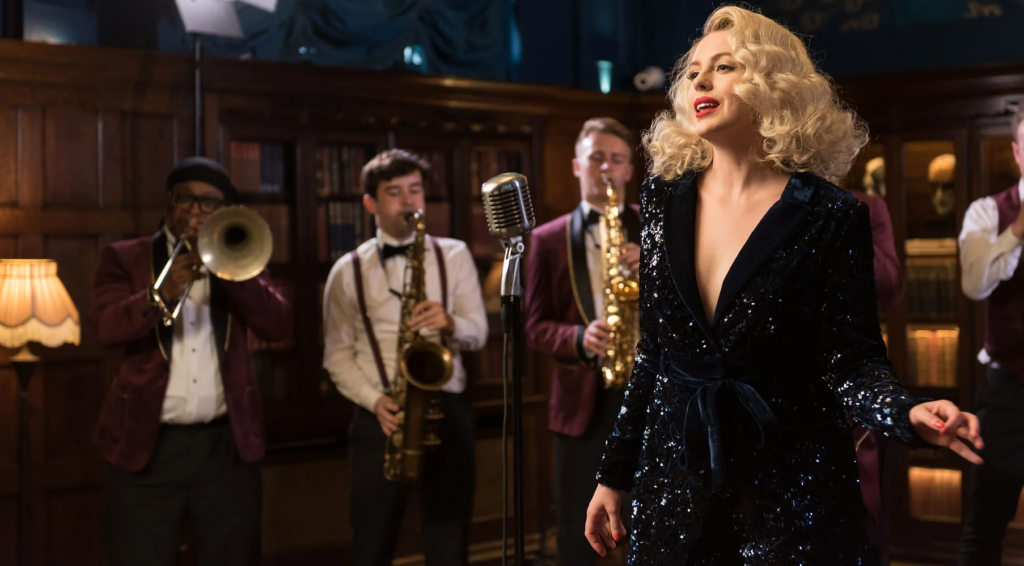
This conference dinner will be a celebration of London street food underneath a suspended skeleton of a blue whale, inside the iconic Hintze Hall at the Natural History Museum (NHM).
Food
Unlike most conference dinners, we will not be holding a sit-down meal. The best food in London is often not in grand restaurants, served by white-gloved waiters, but instead found in smaller, more casual establishments, synthesising cultures and cuisines from around the world to be enjoyed by locals and tourists alike. To honour this new tradition, we will have a selection of food truck vendors available throughout the night for all to enjoy.
Venue
The NHM began its life as merely the natural history collection of the British Museum, comprised almost entirely of exhibits originally from a 1753 private donation by Sir Hans Sloane. Almost a century later, Sir Richard Owen, then-curator of Natural History at the British Museum, agitated for a new building to house the diversity of exhibits that had accumulated over time. He envisioned a new type of museum, a ‘cathedral to nature’ where members of the public were able to freely walk around and enjoy what had once only been available to the very wealthy and well-connected.
Alfred Waterhouse, an at-the-time unknown architect from Liverpool, worked closely with Owen to design something worthy of his lofty goals that would stand the test of time. The museum was designed for the future, with plenty of room to grow and house future finds. It attempted to tell a scientific story with a carefully structured layout and detailed carvings and reliefs. Both Owen and Waterhouse were adamant that these be accurate – all were designed from scientific drawings, and professors of natural history checked every illustration before they were created. It was also designed to last – Victorian London was a grimy place, and the terracotta exterior was chosen specifically to withstand this harsh environment.
Hintze Hall is the entrance to the museum, intended to open up the visitor’s eyes to the abundance of life in the natural world. There are many exhibits, but pride of place is the 25-metre blue whale skeleton suspended from the ceiling, the largest animal to have ever existed, and a fittingly grand onlooker to this event. Looking beyond it to the ceiling, you can still see the original carvings designed by Owen and Waterhouse, and marvel at the care and detail it must have taken to create something that still amazes over a century and a half later.
Megan & The Tones
Megan, originally from Northern Ireland, moved to London ten years ago and has since established herself as a top performer in the Jazz and Vintage music genre. A lover of all things Vintage, Megan has featured in Vintage Life Magazine several times and has even graced the front cover.
Both as a soloist and with her exceptional band in tow, Megan has performed at many of London’s most prestigious venues, including The Ritz, The Savoy, and The Arts Club.
